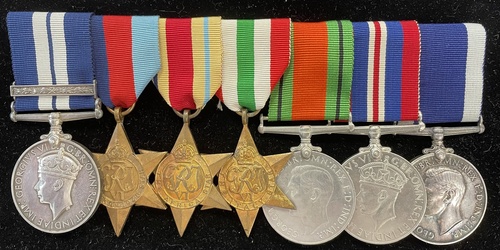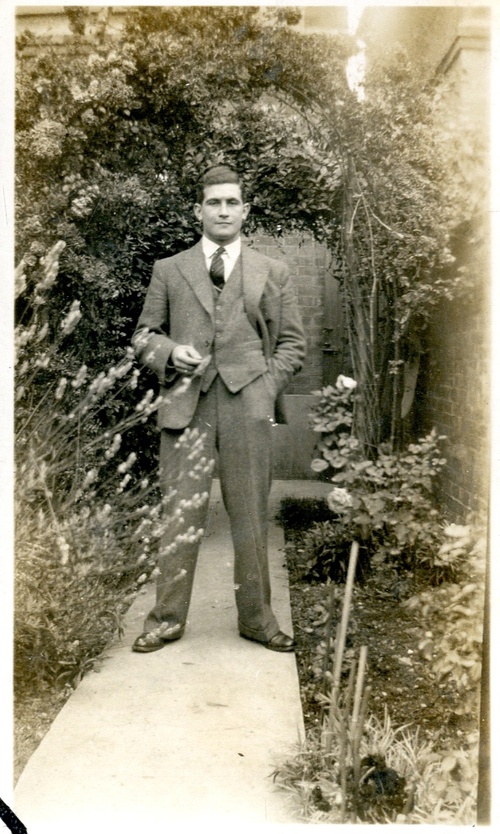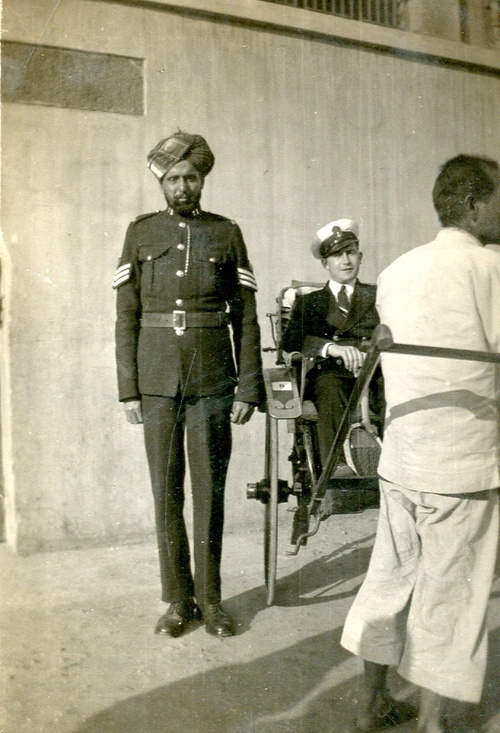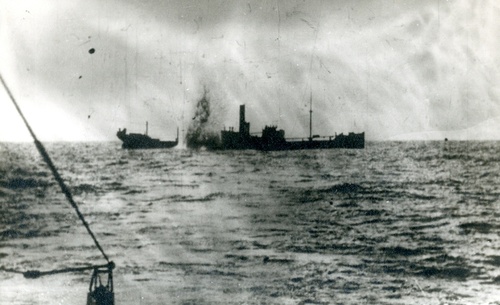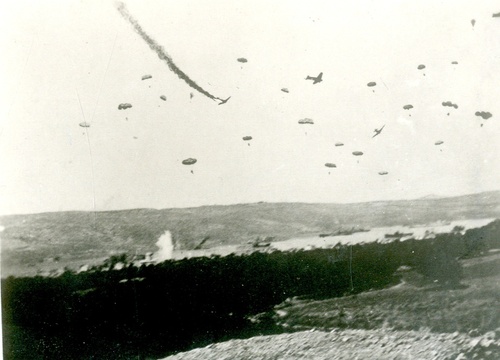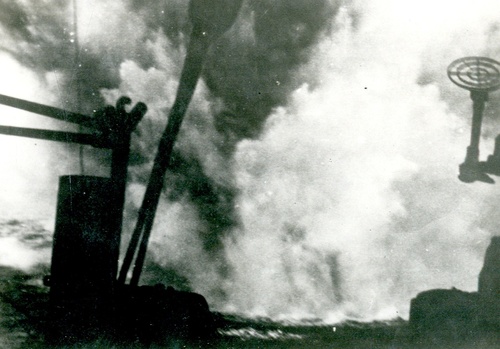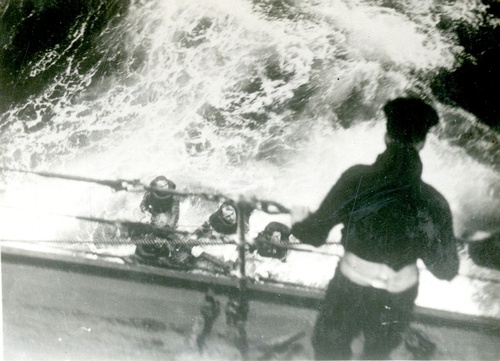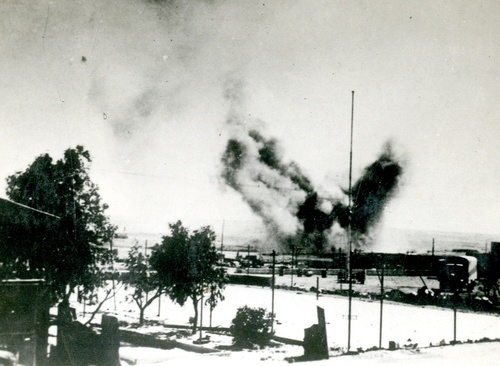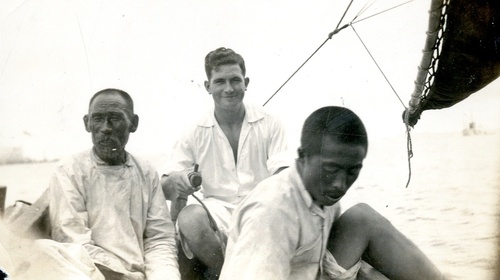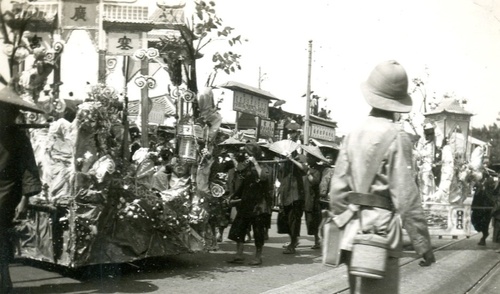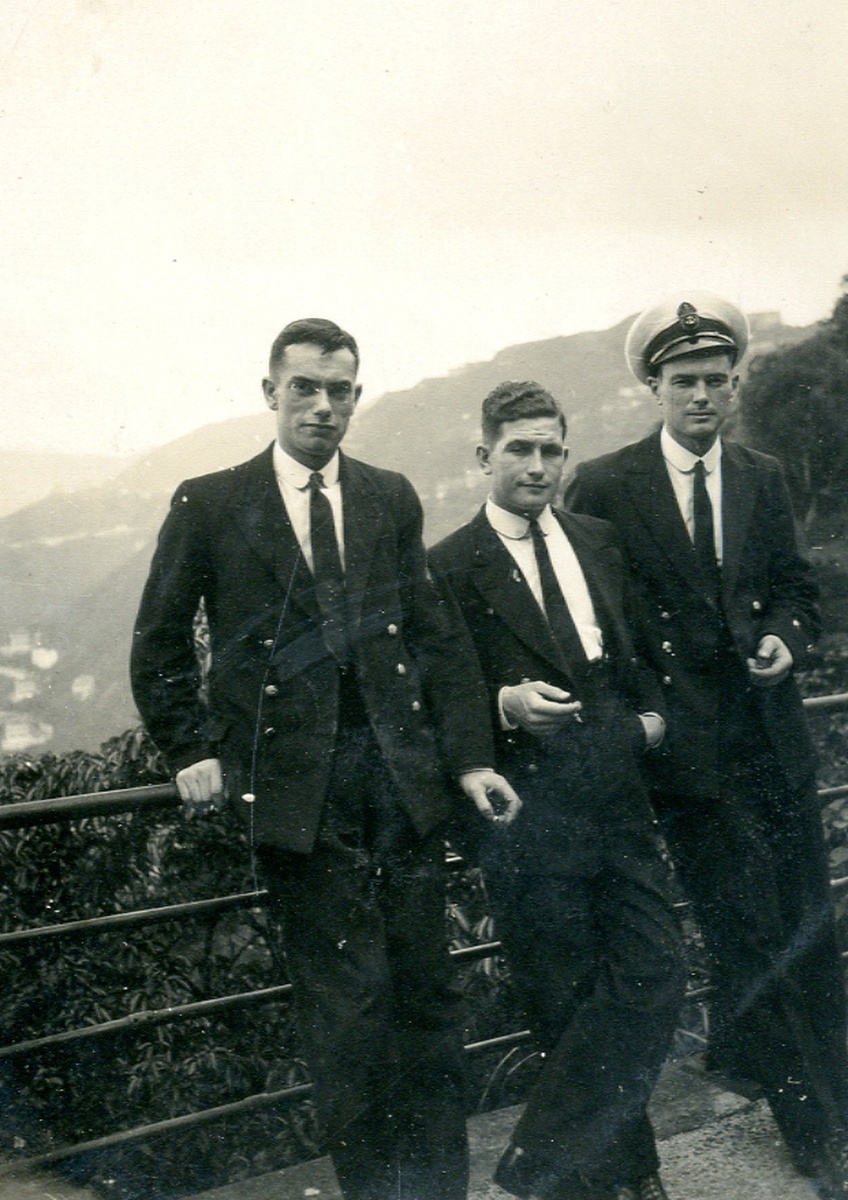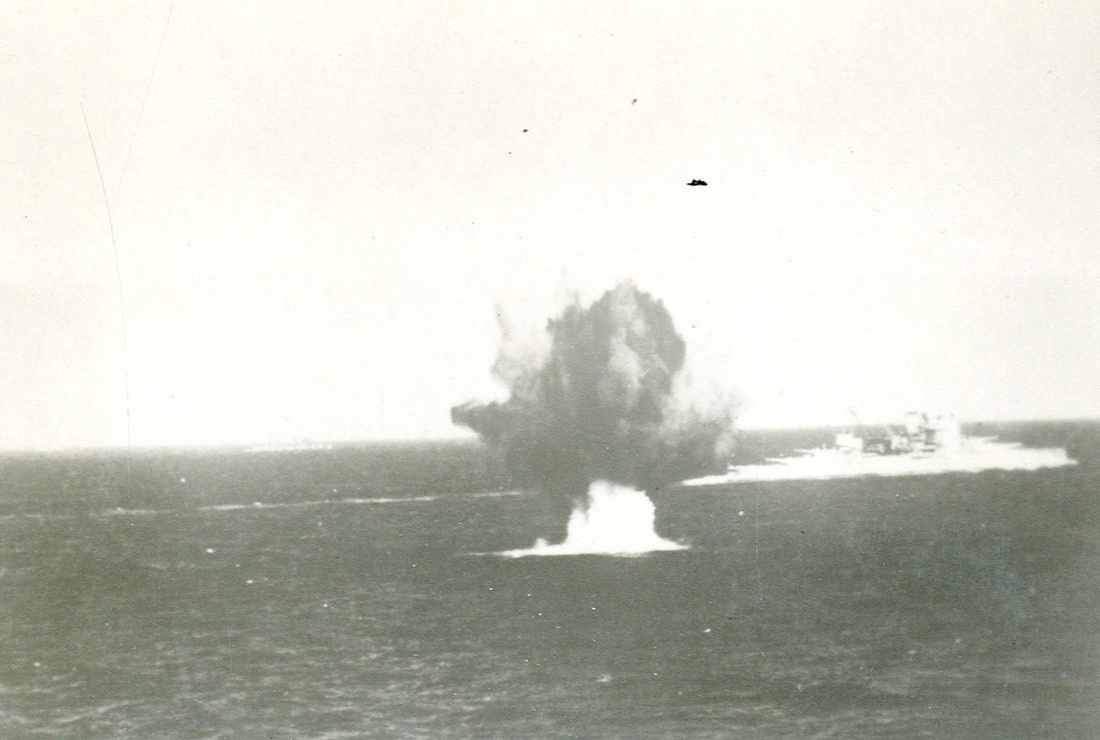Auction: 22075 - Orders, Decorations and Medals
Lot: 110
The rare and well-documented ‘Second Battle of Sirte’ D.S.M. and ‘Leros 1944’ Second Award Bar group of seven awarded to Chief Engine Room Artificer S. H. Horsey, Royal Navy
Distinguished Service Medal, G.VI.R., with Second Award Bar (MX.46538 S. H. Horsey. C.E.R.A.); 1939-45 Star; Africa Star; Italy Star; Defence and War Medals 1939-45; Royal Navy L.S. & G.C. (MX.46538 S. H. Horsey. C.E.R.A. H.M.S. Kestrel), minor contact marks to last, overall very fine (7)
D.S.M. London Gazette 8 September 1942. The original recommendation states:
‘This rating has been a tower of strength since the start of the commission. During the action his coolness and leadership were far above average throughout. His forethought in overhauling our smoke making devices just previous to sailing played a large part in the safety of the convoy. His personal courage and alertness was an inspiring example to all.’
Second Award Bar to D.S.M. London Gazette 4 April 1944. The original recommendation states:
‘During this period Beaufort set out for the Aegean on eight occasions, actually operating in those waters on six; came under intensive bombing attack on two; (Daylight/15th October and Night/ 19-20th October) and under more air attack on two; carried out bombardments of Kos harbour on four occasions, during three of which the ship was heavily shelled by shore defences at close range in return; landed 53 men and 30 tons of equipment on Leros. All the foregoing being carried out without casualties or damage.
For skill, endurance and devotion to duty.
Long Periods of highspeed steaming through considerable strain on the machinery and, during a period when any breakdown might well have been disastrous, his example and exertions, both at sea and in harbour, contributed largely to continued efficient running of the ship.’
Sydney Harold Horsey was born at Plymouth on 7 February 1912 and enlisted with the Royal Navy on 1 August 1927 as an Apprentice Engine Room Artificer. By the outbreak of the Second World War Horsey had been promoted Chief Engine Room Artificer and by 1942 was stationed aboard the Hunt-class destroyer H.M.S. Beaufort in the Mediterranean.
The Second Battle of Sirte
Beaufort was posted to Fifth Destroyer Flotilla in February 1942 and saw action protecting the Malta-bound convoys. Her first convoy- MW.9- left Alexandria on 12 February and came under heavy air attack with all three merchantmen being either destroyed or seriously damaged forced to break off. The next attempt, MW.10 was to encounter a major Italian surface force in what became known as the Second Battle of Sirte.
The attempts to slip MW.9 past German defences by guile had come to naught so MW.10 took a more direct tack, mobilising all available forces to fight the convoy through in a formation called Force K. Leaving Malta on 19 March ahead of the convoy Beaufort and the rest of the Fifth Destroyer Flotilla performed anti-submarine sweeps between Alexandra and Tobruk.
Refuelled at Tobruk they pressed on with Beaufort- delayed by propellor trouble- joining them on 22 March, the day of the Battle. It was known that the enemy had located them with reconnaissance flights being sighted and reports of ships of the Regia Marina leaving their Naval base of Taranto. The attack began at 09:30 with bombing runs by enemy aircraft which continued throughout the morning.
At 14:10 the Italian surface fleet was sighted and the order was given for the Fifteenth Cruiser Squadron to lay smoke between the enemy and the convoy. Should the enemy advance on the convoy the destroyers would then advance under cover of the smoke and torpedo their capital ships to prevent a breakthrough. Despite heavy attacks throughout the day the convoy made its way westward with the Fifth Destroyer Flotilla escorting them closely.
The first elements of the convoy made it into harbour early on 23 March with two of the original four merchantmen making it. Beaufort and five other destroyers sailed back for Alexandra on 25 March. She later took part in Operation Vigorous in the summer of 1942, another attempt to provide relief for Malta.
North Africa and Sicily
As the Siege of Malta wound down the Beaufort was deployed elsewhere, joining in a raid against Mersa Matruh. Later in the year she was further deployed on Operation Agreement, the raid against Tobruk. Agreement was an attempt to target enemy airfields, supply dumps and harbour facilities with the role of the British ships being to land troops and provide fire support. The attack was a failure with the cruiser Coventry and destroyers Sikh and Zulu being lost.
During Operation Husky, the invasion of Sicily, Beaufort was part of Escort Group P, later supporting the Salerno landings. She was to cover the landings, watching for enemy air and torpedo attacks.
Leros and Kos
With the Italian surrender the Allies decided to move troops to take over the Italian Garrisons on the Aegean islands including Leros and Kos. Beaufort was posted the Eighth Destroyer Flotilla in October 1943, a formation employed to support the British presence on these islands and intercept any German vessels trying to approach from Greece.
From the start they came under heavy attack from German aircraft but despite this, attempts were made to interrupt the Kos landings. Unfortunately the speed and strength of the German response had taken the Allies by surprise and they were unable to keep the enemy from landing at defeating the small British/Italian Garrison. Despite fierce resistance the island fell, leading to the Kos massacre and the German forces took revenge on what they saw as a betrayal by the Italians.
Beaufort and another destroyer Belvoir attempted to intercept another convoy pushing towards Naxos on 15 October but were forced back by JU.88 and JU.87 attacks. While the inception was not successful it forced the convoy to change course providing the British some room to manoeuvre. The desperate pace of combat in the Aegean placed a great deal of strain upon the engines of the Flotilla and that they functioned so well is to the credit of Horsey and the other Engineers, working nonstop and often under bombardment from sea and air.
Two days after the convoy mission Beaufort was a small squadron in landing further troops on Leros. With the fall of Kalymnos the enemy was within striking distance of the Island and the landing was part of a build up of Allied forces to defend the island. She repeated the operation on 21 October alongside H.M.S. Fury, before moving on to Kos. Here the destroyers bombarded the harbour to prevent it’s use by enemy shipping, before long they came under heavy air attack and were again forced to retreat.
Continuing their sweeps and reinforcements of the various islands for the rest of the month Beaufort had a break when the Aurora was caught in an air attack and needed an escort back to Alexandria to repair.
Returning to the Aegean on 10 November Beaufort was just in time for the German Landings on Leros which began on 12 November at 06:00. The enemy landings were heavily contested but they succeeded in putting troops ashore and supporting them with parachute drops between 13:00-14:00. A strong German air presence limited Allied naval support but at night the British ships- including Beaufort- bombarded enemy positions and swept for further troop movements overseas.
They did this again on the night of 13 November but a lack of fuel forced a number of ships including Beaufort to leave the Aegean. Leros fell two days later and the Allied efforts petered out with the Dodecanese falling to the Germans who held it for the rest of the war.
Epilogue
Beaufort went on to serve during the Anzio landings and later Operation Dragoon- the invasion of Southern France- before being sent to refit in June 1945. Horsey was awarded his medal on 28 March 1945; sold together with copied research including recommendations, London Gazette entries and an article charting the operational history of H.M.S. Beaufort along with a large archive of both original and reproduced photographs, many annotated.
Subject to 20% VAT on Buyer’s Premium. For more information please view Terms and Conditions for Buyers.
Sold for
£4,800

